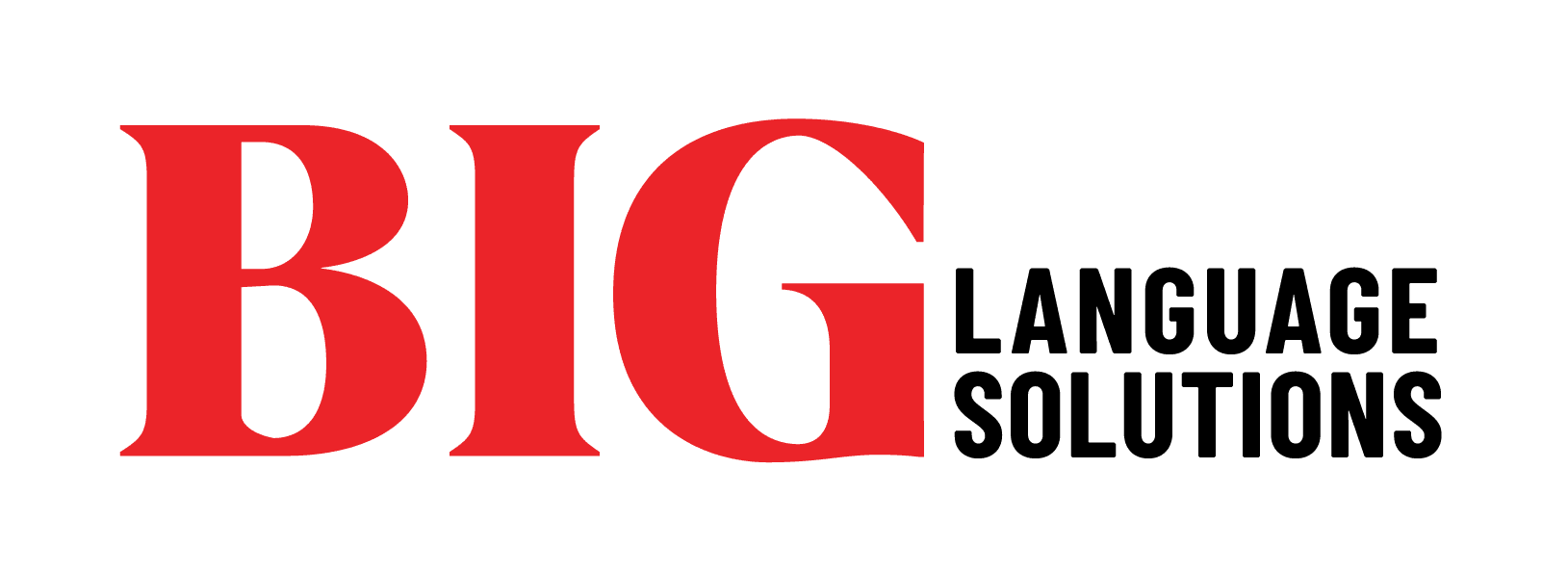When most people hear the term “digital accessibility,” they think of websites. But for financial institutions preparing for the EU Accessibility Directive, that mindset doesn’t go far enough.
This new regulation, taking effect on June 28, 2025, expands the definition of digital access to include all consumer-facing interfaces. That means not only public websites, but also apps, ATMs, payment terminals, and customer communications through multiple channels.
Compliance can no longer sit with just your web development team. It has to include product managers, UX designers, content creators, marketing teams, and language service providers. Because any touchpoint where a customer interacts with your institution, in any language, is now part of the accessibility equation.
What the Directive Actually Covers
The directive specifically targets services intended for consumers, including digital banking, payment platforms, and self-service systems such as kiosks and ATMs. It requires that all content and interactions be perceivable, operable, understandable, and robust, regardless of user ability.
This applies to more than just surface-level content. It includes mobile banking apps, ATM interfaces, online customer portals, email and SMS notifications, video explainers, live chat and chatbot scripts, downloadable forms and disclosures. It also requires that you consider how information is presented including font sizes, formatting, contrast, and the availability of audio, video, or alternative formats for people with disabilities.
For institutions that serve multilingual audiences, the directive expects these experiences to be both linguistically accurate and functionally accessible in every supported language.
Where Things Get Complicated
Financial institutions manage complex content ecosystems. The website might be owned by one department, while mobile flows are handled by another, and compliance materials by yet another. Customer notifications, forms, and marketing messages are often developed in silos. Once you factor in localization across multiple regions, content updates can easily fall out of sync.
This creates a risk. The directive does not ask whether your English content is accessible. It asks whether your customers, regardless of the language they speak or how they access your services, can engage with you clearly and confidently.
In other words, English-only app templates or untranslated disclaimers in PDFs are no longer acceptable. Chatbot flows need to preserve accessible structure and plain language in every market. Captions and subtitles for video content must be available in the languages your customers actually use.
Examples of Touchpoints to Review Now
To prepare for compliance, financial institutions should begin reviewing key customer touchpoints.
ATM and kiosk interfaces should include multiple language options. On-screen instructions must be clear, concise, and supported by audio prompts for visually impaired users.
Mobile apps need translated flows that remain readable and intuitive. Text expansion, script direction, and regional phrasing should not interfere with layout or functionality.
Video and audio content should have accurate subtitles available in all supported languages. Voiceovers must use clear, neutral speech, and should be available with sign language interpretation or audio description when necessary.
SMS and push notifications should be written in plain, accessible language. Critical alerts, such as fraud warnings or password reset instructions, must be formatted for clarity across languages and devices.
Help centers and chatbots should deliver real assistance, not just generic translation. Common support content needs to be properly localized and tested for usefulness.
PDFs and downloadable forms should be compatible with screen readers. Translations must preserve formatting, structure, and clarity, with attention to how visually impaired users will navigate the content.
Each of these areas contributes to your overall accessibility approach. Each presents its own challenges for translation, design, and user experience.
What It Takes to Do This Right
Addressing multilingual accessibility across all channels does not mean redesigning every asset from scratch. But it does require an intentional and coordinated approach.
Organizations need reliable processes for high-quality translation and localization. They need access to linguists who understand plain language principles. They need tools to support consistency across platforms. And they need partners who can help scale those efforts efficiently.
How BIG Language Solutions Helps
At BIG Language Solutions, we help financial institutions align their content with accessibility requirements across all customer touchpoints. Our team supports everything from translations and localization to format adaptation (like braille, large print and audio) and quality control.
We begin by working with you to audit your current language coverage and identify where accessibility gaps may exist. This might include assessing whether your mobile app is properly localized, or reviewing your ATM instructions for readability and language availability.
Our linguists are trained to work within your design systems. We understand how to handle translation for languages that expand text length, read right to left, or require different spacing. This ensures that your content remains accessible and intuitive, no matter the market.
For multimedia content, we support accurate translation of scripts and subtitles, subtitle timing alignment, and formatting that complies with accessibility guidelines. For urgent updates or high-volume content, we deliver rapid turnaround without compromising on quality.
We also help you meet alternative format requirements. Whether your users need large print, braille-ready documents, or subtitles for video tutorials, we provide content in the formats that ensure everyone can access and act on your communications.
Throughout the process, we focus on consistency and compliance, without creating unnecessary disruption to your operations. Whether you are rolling out a new app flow or refreshing your support content, we help you do it in a way that includes every customer.
The Bottom Line
The EU Accessibility Directive raises the bar for inclusive communication. Financial institutions are being called to reimagine what accessibility really means, not just online, but everywhere their customers engage with them.
Getting this right takes planning, expertise, and support. But it is also an opportunity. When you deliver content that is accessible and understandable to all users, you build trust, reduce risk, and improve the overall experience for everyone.
BIG Language Solutions is here to help you make that happen.
Let’s make every message, screen, and interaction count.





